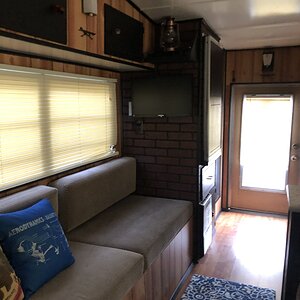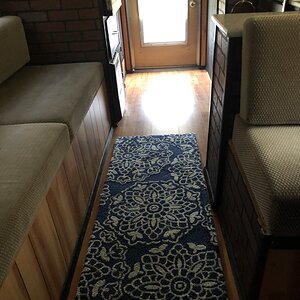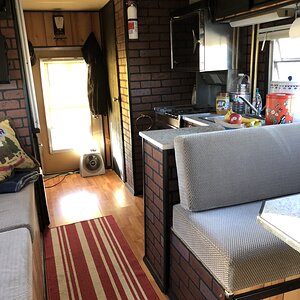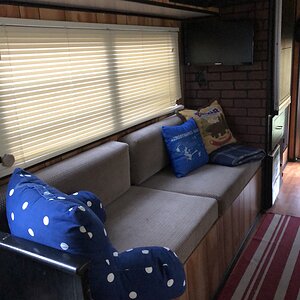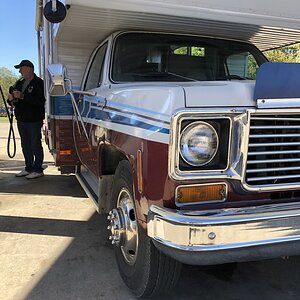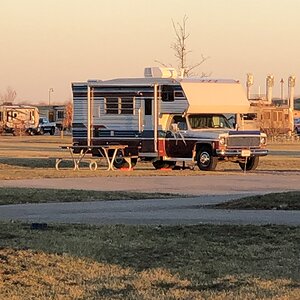docj
RVF Supporter
- Joined
- Dec 8, 2020
- Messages
- 202
- RV Year
- 2000
- RV Make
- Beaver
- RV Model
- Patriot Thunder Princeton
- RV Length
- 40
- TOW/TOAD
- 2014 CR-V
- Fulltimer
- Yes
On February 22, 2022 AT&T is going to be the first US cellular carrier to disable its 3G network. The other carriers will follow suit later in the year.
Many people are probably assuming that this will not affect them because they don't own any 3G hardware. That's not necessarily the case. It turns out that lots of so-called 4G hardware actually accesses the 3G network as part of the authentication process when it connects to the cellular network.
Yes, you read that right! Many 4G devices actually need the 3G network in order to make a connection. So what happens when the 3G network is no longer there? Well, they don't connect unless a "work around" is implemented.
This can happen to older phones, but, these days, most people are probably already using phones that are true 4G devices and don't rely on the 3G network. But it will affect lots of devices that contain cellular modems including routers, tablets, IoT devices and even automobiles.
For example, many cars contain emergency reporting capabilities (think OnStar and others) that use cellular networks for accident reporting and assistance. Quite a few of those will be effected by the 3G shutdown and, for some of them, the loss of connectivity will be permanent--there will be no plans to update the firmware.
The technical explanation for this is complicated and it involves discussion of exotic topics such as voice centric and data centric modems. Suffice it to say that the problem is real and, in the case of AT&T, very time-sensitive.
The reason I'm positing this is to make people aware that they may be using devices that will be affected by the 3G shutdown. The best way to find out if this is the case is to go to the manufacturer's website for the particular device.
WiFiRanger has already implemented a firmware fix to this problem for those routers it sells that contain integrated cellular modems. How to implement their fix is explained in a blog post on the WiFiRanger website. Other hardware vendors are probably making similar posts.
Many people are probably assuming that this will not affect them because they don't own any 3G hardware. That's not necessarily the case. It turns out that lots of so-called 4G hardware actually accesses the 3G network as part of the authentication process when it connects to the cellular network.
Yes, you read that right! Many 4G devices actually need the 3G network in order to make a connection. So what happens when the 3G network is no longer there? Well, they don't connect unless a "work around" is implemented.
This can happen to older phones, but, these days, most people are probably already using phones that are true 4G devices and don't rely on the 3G network. But it will affect lots of devices that contain cellular modems including routers, tablets, IoT devices and even automobiles.
For example, many cars contain emergency reporting capabilities (think OnStar and others) that use cellular networks for accident reporting and assistance. Quite a few of those will be effected by the 3G shutdown and, for some of them, the loss of connectivity will be permanent--there will be no plans to update the firmware.
The technical explanation for this is complicated and it involves discussion of exotic topics such as voice centric and data centric modems. Suffice it to say that the problem is real and, in the case of AT&T, very time-sensitive.
The reason I'm positing this is to make people aware that they may be using devices that will be affected by the 3G shutdown. The best way to find out if this is the case is to go to the manufacturer's website for the particular device.
WiFiRanger has already implemented a firmware fix to this problem for those routers it sells that contain integrated cellular modems. How to implement their fix is explained in a blog post on the WiFiRanger website. Other hardware vendors are probably making similar posts.




